EU UAS Regulations – From July 2020
Current drone
Maximum Take-Off Mass (MTOM) of more than 2kg
e.g. Inspire, Matrice etc.
congested areas, you have a PfCO
Your Options
Renew you existing PfCO
If you renew your existing CAA Standard Permission (PfCO) you will retain all the rights and privileges you currently have and continue flying any drone up to the weight limit in your PfCO.
Buy a ‘C2’ class certified aircraft
You will need to take A2 CofC course and then fly in Open Category A2. There are currently no class certified drones available. Availability will vary from manufacturer to manufacturer.
The A2 Certificate of Competency exam (A2 CofC)
This require you to make some self-directed training flights with the aircraft within the bounds of subcategory A3 (i.e. with no people in the area), and then undertake online learning and pass a test comprises 30 multiple choice questions, over 3 primary subjects. The theory training and test will be conducted by a Recognised Assessment Entity, which is the new name for what we know today as National Qualified Entities (NQE).
As soon as you have passed the test and have been issued with your A2 Certificate of Competence you can start operating. There is no need for any sort of practical assessment and no application has to be made to the CAA.
Open Category – A2 Sub-Category
A C2 Class drone can be flown in the A2 Sub-Category to a minimum safe horizontal distance of 30 metres from uninvolved people, or down to 5 metres horizontally when its ‘low speed mode’ is selected. In addition, the remote pilot must have successfully completed an additional competency examination in order to operate in this subcategory.
C2 Class Drone – Requirements
Class C2 – (can be flown in Sub Category A2 [close to people] or A3 (far from people)
C2 drones must be:
- less than 4kg maximum take-off mass
- designed and constructed so as to minimise injury to people
- equipped with a low-speed mode’ which limits the maximum speed to 3m/s (approx. 6.7 mph) when selected by the remote pilot
The standards also cover other aspects such as noise limits (but different from C1), height limits and requirements for remote identification and geoawareness systems, plus additional requirements if it is to be used during tethered flight.
